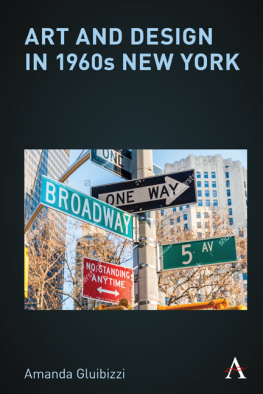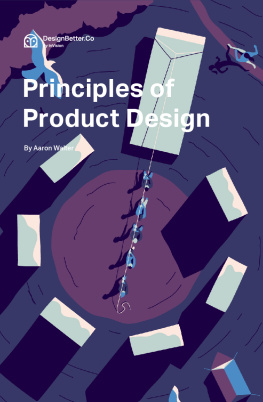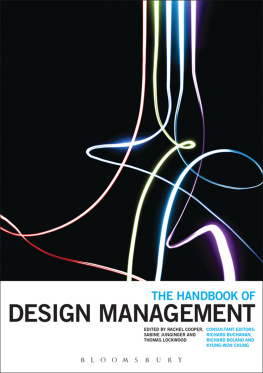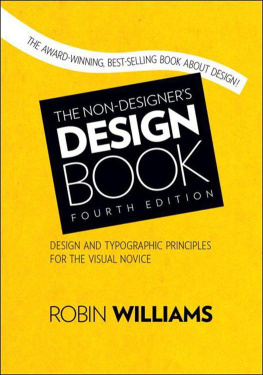Yorkshire-born web designer and illustrator, lover of all things outdoors (including rain, weirdly enough) and life-long David Attenborough fan, Ian currently lives in southwest France with his wife and two daughters. Ian is also the editor for WebDesignTuts+.
Curt Ziegler
Designer, Cudazi on ThemeForest

Curt Ziegler, also known as Cudazi is a web designer specializing in WordPress theme development. With a B.S. degree in Graphic Communications, he has been designing and building sites since 2000. Curt is also a top selling theme author on ThemeForest.
Who's Designing Websites Anyway?
Just like the web itself, the face of web design is a tough portrait to paint. At various times in the history of the web, design has been dominated by, in no particular order, the utilitarian coder, the trendy artist, the motion graphics guru, and more. We're always redefining what it means to be a web designer and who is qualified to do the job.
We'll go further into qualifications and skillsets in a later chapter, but I think it's important to start with a baseline and look at the most fundamental demographics from the 2011 Web Design survey. The survey was hosted by WebDesignTuts+ in November 2011, and it received over 5,400 responses from working web designers worldwide. In this chapter, we'll take a closer look at:
- Professional statistics from the 2011 job market
- Income and what influences it
- The spread and impact of age and gender in web design
How We Work: Titles, Income, Perks
Do you consider yourself a full-time web designer?

It was a rough split between full-time and part-time web designers who responded to our poll, with slightly more part-timers. Web design is a field frequently dominated by part-time, contract, and freelance workers. It's not just designersmany web-oriented industries are evolving the same way. This gives professionals a lot of flexibility in their work environment, but it also can be a challenge for professional designers looking for traditional employment.

Not as big of a shift as you might have expected. There was just slightly more than a $10,000 difference between full-time and part-time designers. Keep in mind that benefits, insurance, and other compensation are not included in that reported income. Nonetheless, you'd think full-time employment would be worth a lot more than $10,000!
Looking closer at the data, we can see that the average full-time salary was skewed downward by a large amount of low paying full-time jobs. Frequently, those who reported low pay in full-time positions also indicated that they were students, they had not completed a college degree, or that web design was only a small portion of their typical work duties.
One of the early decisions you'll have to make as a web designer is whether to pursue full-time work as an employee, work as an independent freelancer, or arrange a combination of the two. There are benefits to all three arrangements, and it can help to take a look at the numbers. We asked our respondents what their current work situation was:
What's your work situation?

Over a third of surveyed web designers were freelance or self-employed professionals. That number expands to nearly half once you add respondents who were creating websites on the side. Roughly another third work in web design under an employer. We asked employee web designers what they thought of their employer and work situation to see how it compared to the freedom of freelancing:
How satisfied are you at your current employer?

Over half (59%) reported satisfaction, while 26% reported varying levels of dissatisfaction with their employer. This is lower satisfaction overall than that of their freelancing counterparts. However, we also asked about other benefits and support employers offered.
Benefits: Does your employer offer?





















